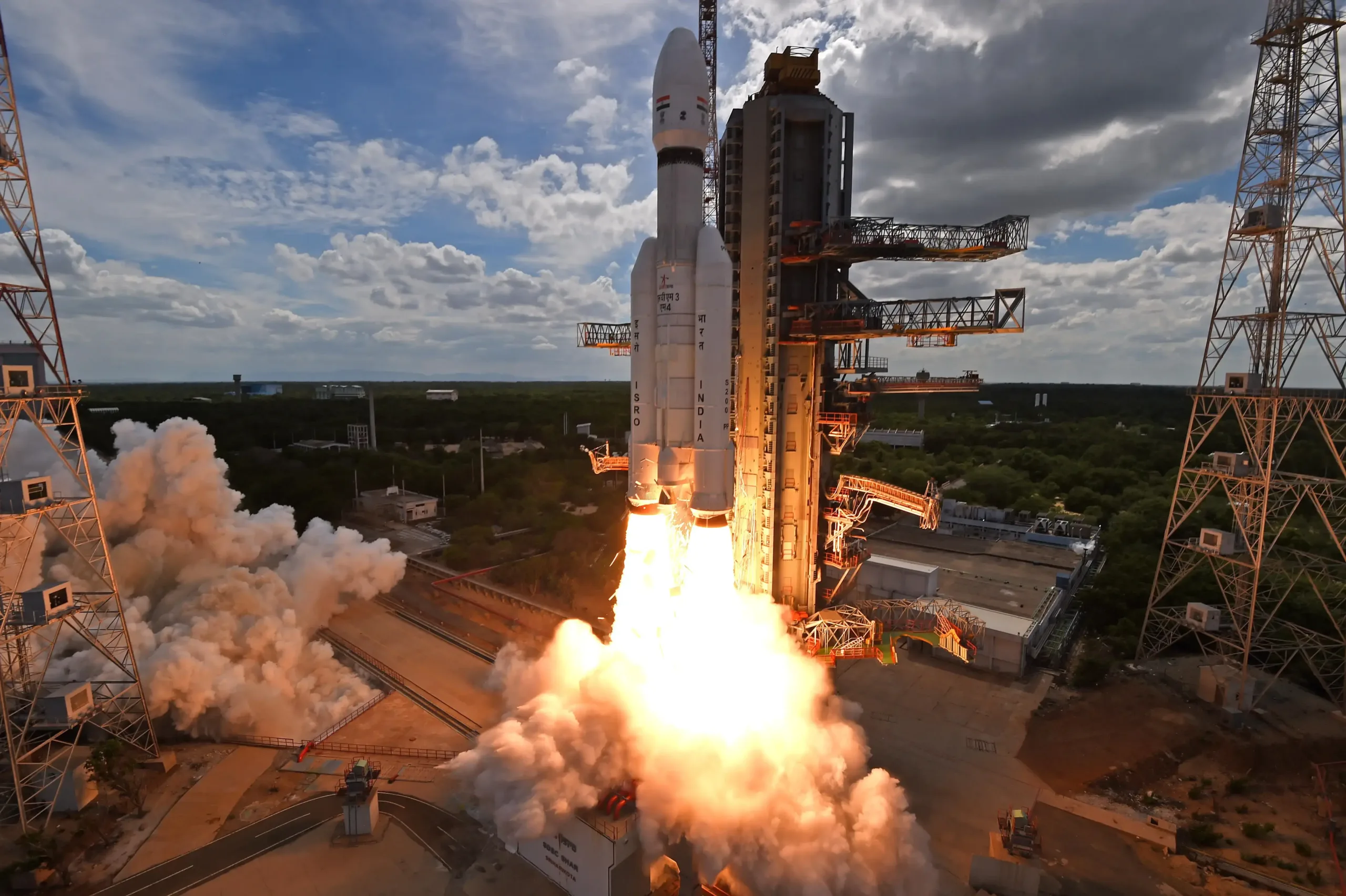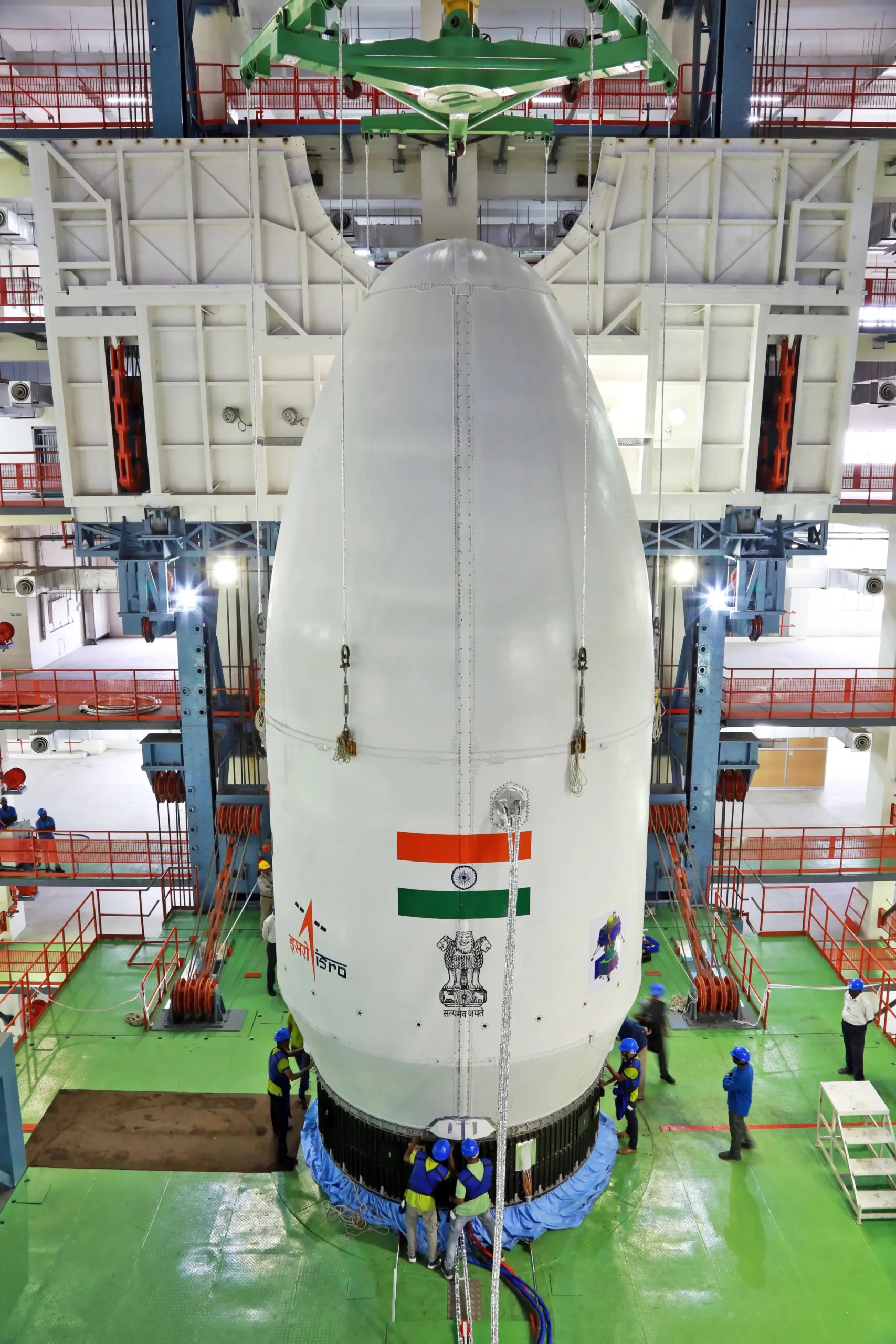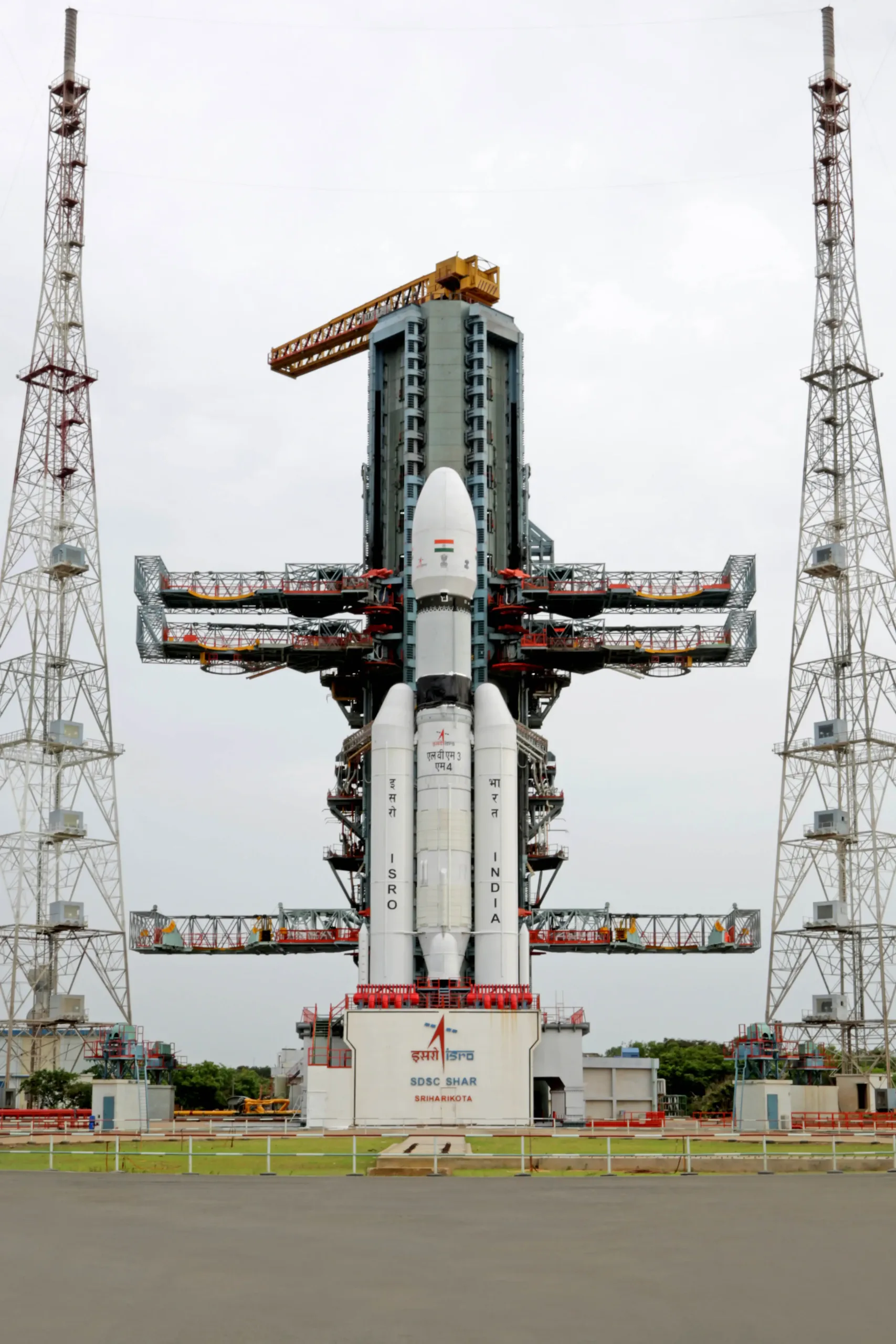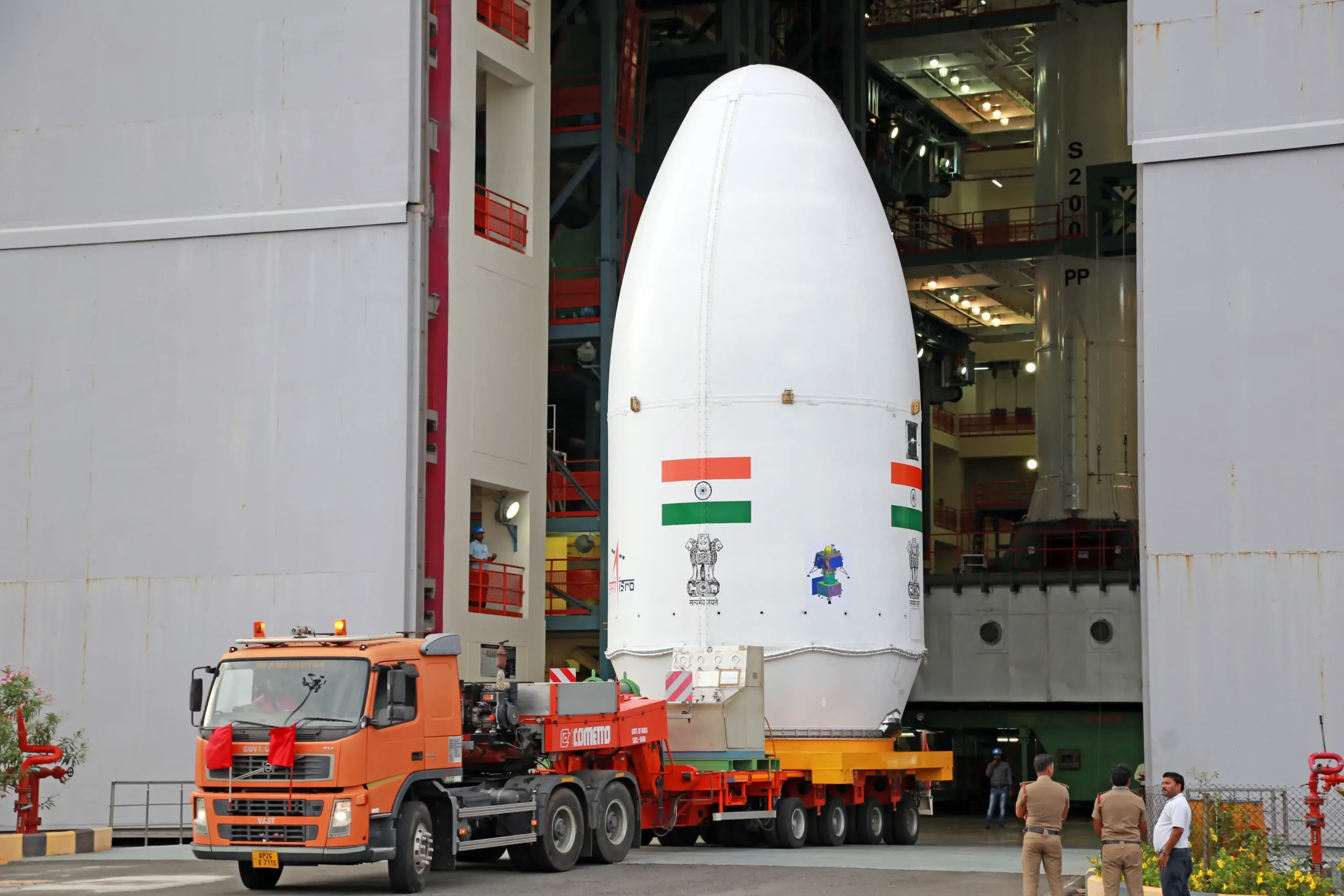Let’s Know about India’s Chandrayaan-3 mission to the Moon. India has been doing really well in space exploration. They’ve been sending cool stuff into space. One of the big things they did is called the Chandrayaan program. It’s like a series of missions to the Moon that India is really proud of.
First, they sent Chandrayaan-1 to the Moon and it was a success. Then they sent Chandrayaan-2, but it had some problems and didn’t go exactly as planned. Now, they’re getting ready for Chandrayaan-3. It’s like their next big trip to the Moon.
We want to understand all the details about this trip, like what they want to do, why it’s important, and how India keeps trying to explore the Moon even when things don’t go perfectly.

Background of Chandrayaan Missions:
To understand why Chandrayaan-3 is important, let’s look back at India’s Moon exploration. It all began with Chandrayaan-1, their first Moon mission that started in October 2008. This mission did many tests and made discoveries. It even confirmed that there’s water on the Moon.
After Chandrayaan-1 did well, India wanted to do something even bigger with Chandrayaan-2. This mission, launched in July 2019, wanted to land softly on the Moon. It had a spaceship going around the Moon, a machine to land called Vikram, and a little car named Pragyan. But, there were problems when Vikram tried to land. They couldn’t talk to it anymore.
Objectives of Chandrayaan-3:
Chandrayaan-3 is like the next important step in India’s Moon adventures. They have clear goals and are super motivated to land gently on the Moon this time. The primary goals of Chandrayaan-3 are as follows:
a) Lunar Surface Exploration:
Chandrayaan-3 wants to learn more about the Moon’s surface. They want to find out about the rocks, minerals, and the air around the Moon.
b) Lander and Rover:
Like last time with Chandrayaan-2, Chandrayaan-3 will have a special machine to land and a small car to drive around. These two will team up to do tests, pick up things, and send information back to Earth.
c) Sample Return:
Chandrayaan-2 looked at things on the Moon itself. But Chandrayaan-3 wants to do even better. They want to collect things from the Moon and bring them back here to study closely.
d) Technological Advancements:
Chandrayaan-3 wants to use new ideas they’ve learned from the other trips. They want to fix the problems that happened during Chandrayaan-2, so this time everything goes smoothly.

Chandrayaan-3: Key Challenges and Preparations:
Getting ready for Chandrayaan-3 hasn’t been easy. During Chandrayaan-2, they lost touch with the Vikram machine they wanted to land on the Moon. That was a tough moment for ISRO, the space people. But, they learned a lot from it, which is great.
One big problem they face is landing gently on the Moon. The Moon’s surface is full of holes and bumps, so landing there is really hard. With Chandrayaan-3, they want to fix the problems they had with Chandrayaan-2 and make sure the landing goes well.
They’re working really hard to fix these issues. They’re doing lots of practice runs, tests, and checks to make sure they get the landing right. They’re also improving how the machine knows where it’s going and how it talks to the spaceship around the Moon.
They’re not doing this alone. They’re getting help from other countries that know about space stuff. This teamwork helps them learn from each other and reduces the risks of difficult space missions. Because of their past work, people from around the world see India as someone who’s really good at exploring the Moon.

Chandrayaan-3: Significance and Future Implications:
The Chandrayaan-3 mission is super important for India and scientists all around the world. Here’s why:
First, it shows that India is really determined to keep exploring the Moon, even if they face problems. They keep trying to do big space missions, which makes them really good at space stuff and known worldwide.
Second, Chandrayaan-3 wants to learn more about the Moon’s makeup, how it’s shaped, and how it changed over time. They want to bring things from the Moon to Earth and study them closely. This helps us understand where the Moon came from and how it formed. This knowledge is important for space missions in the future.
Also, Chandrayaan-3 will make space technology better. They’re working on new ways to land safely, talk between machines, and move around on other planets. These improvements will be useful not just for the Moon but for exploring other planets too.
Let us talk about the design of chandrayaan-3.
Below are the three main components of Chandrayaan-3
1. Propulsion module:
There’s a box-like thing called the propulsion module. It helps carry the lander and rover up to a spot 100 km above the Moon. This box has a big flat thing on its side that gets power from the Sun. On top, there’s a tall shape that holds the lander. Inside this box, there’s also something called Spectro-Polarimeter of the Habitable Planet Earth (SHAPE). It studies how Earth looks from the Moon using a special kind of light.
2. Lander:
The lander is in charge of landing softly on the Moon. It’s also a box, but with four legs and four strong rocket boosters. It takes the rover and different tools for testing stuff on the Moon.
Chandrayaan-3’s lander will have just four engines that can control how strong they push, not like Chandrayaan-2’s Vikram that had five engines. Also, Chandrayaan-3’s lander will have a tool called Laser Doppler Velocimeter (LDV). The legs that hit the Moon are made stronger this time, and they added more backup equipment in case something doesn’t work. ISRO is trying to make the structure of the lander stronger and is adding more plans for if something goes wrong.
The lander carries three payloads:
- Chandra’s Surface Thermophysical Experiment (ChaSTE): This will check how hot or cold the Moon’s surface is and how easily it lets heat pass through.
- The Lunar Seismic Activity Instrument (ILSA): It will listen to any shaking happening near the landing area, like when the ground moves.
- The Langmuir Probe (LP): This will count how many tiny particles are in the air around the Moon and see if the number changes.
3. Rover: Chandrayaan-3 Rover Overview:
- Six-wheel design
- Weight 26 kg (57 lb)
- Range of 500 m (1,600 ft)
- Scientific equipment including cameras, spectrometers and a drill
- Expected lifetime of one lunar day (14 Earth days)
- Communication with Lander and Ground Control Team in India
The rover has two payloads:
• The Alpha Particle X-ray Spectrometer (APXS) will estimate the chemical composition and mineralogical composition of the lunar surface.
• The Laser Induced Breakdown Spectroscope (LIBS) will determine the elemental composition (Mg, Al, Si, K, Ca, Ti, Fe) of lunar soil and rocks around the lunar landing site.
The Chandrayaan-3 rover is expected to make several important scientific discoveries, including:
• composition of the lunar surface
• presence of water ice in the lunar soil
• history of lunar impact
• Evolution of the Moon’s Atmosphere
Conclusion:
Chandrayaan-3 shows how India never gives up on learning new things and trying out space stuff. The mission wants to explore the Moon, bring back pieces from it, and make space technology better. This shows that India has big dreams and wants to help us learn more about the Moon. They’ve been getting ready really carefully and learned lots from past missions. Chandrayaan-3 could be a big achievement for India in space, making young scientists and engineers excited and making India important in the space world.
Some key points on Chandrayaan-3:
• When did ISRO launch Chandrayaan-3?
Chandrayaan-3 launched on 14 July 2023, at 2:35 pm IST where Lunar launch to 100 km circular polar orbit as part of Phase I was successfully accomplished.
• What is the between Earth and the Moon ?
The distance between the Earth and the Moon is approximately 384,400 kilometres (238855.086 Miles)
• How long Chandrayaan-3 will take to reach moon?
The expectation of the lander and rover are to land near the Moon’s south pole region on August 23, 2023.
• What is the primary goal of Chandrayan-3 ?
The primary goals of Chandrayaan-3 are Lunar Surface Exploration, Sample Return, Technological Advancements, lunar seismicity and lunar surface plasma environment.
• What is the total Budget of Chandrayaan-3
Total budget of Rs 615 Crore ($82 million) has been allocated for the third lunar mission of India, Chandrayaan-3
• What is the name of Vehicle used in Chandrayan-3 ?
This has been accomplished by using India’s heaviest vehicle -The Launch Vehicle Mark-III which is also known as GSLV Mk III.
• Who is Leading Chandrayan-3 ?
S. Somnath is leading Chandrayaan – 3.
• When is Chandrayan-3 Successfully landed on Moon ?
On 23rd August 2023.

2 thoughts on “Chandrayaan-3: India’s Next Lunar Mission”